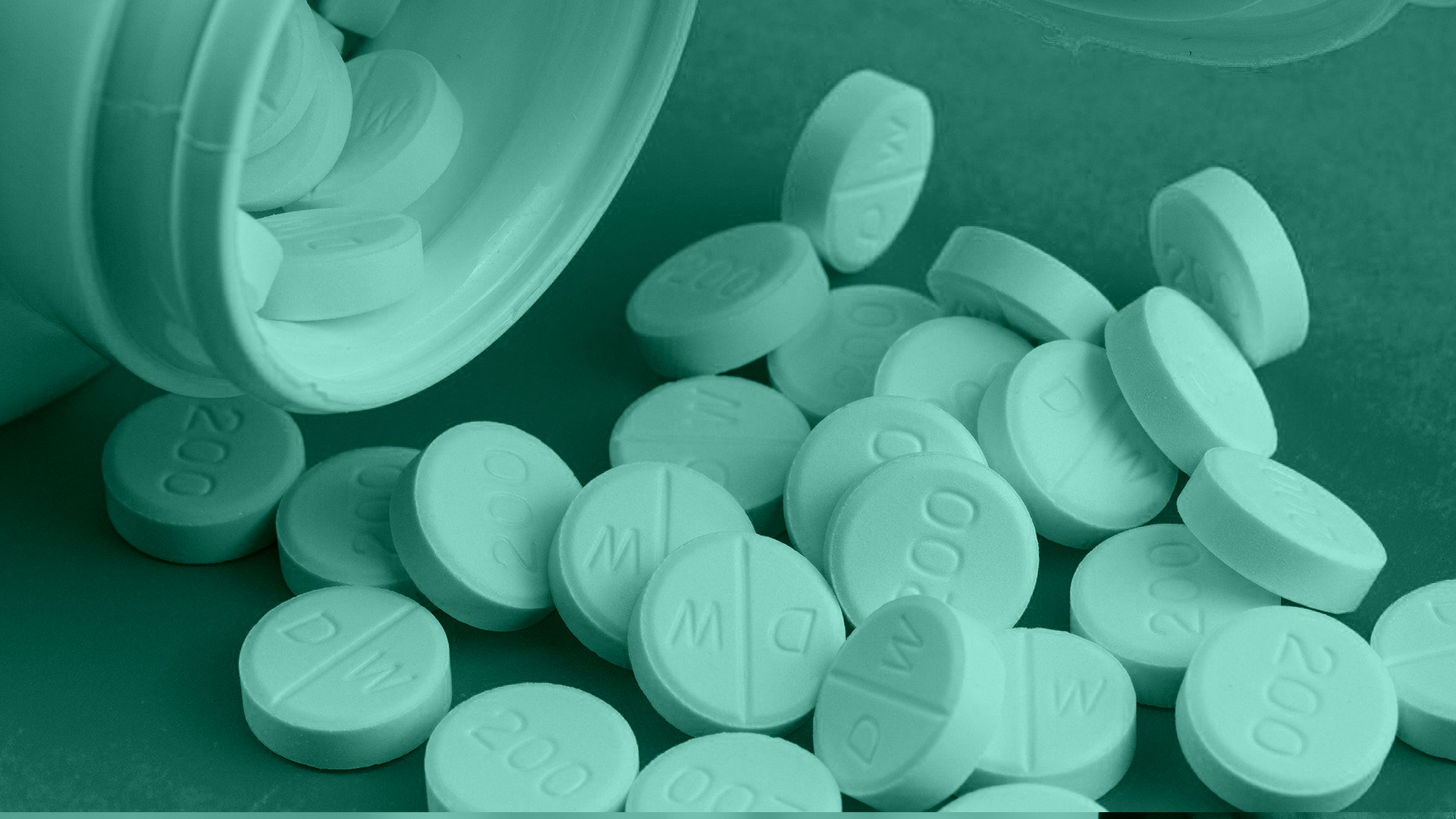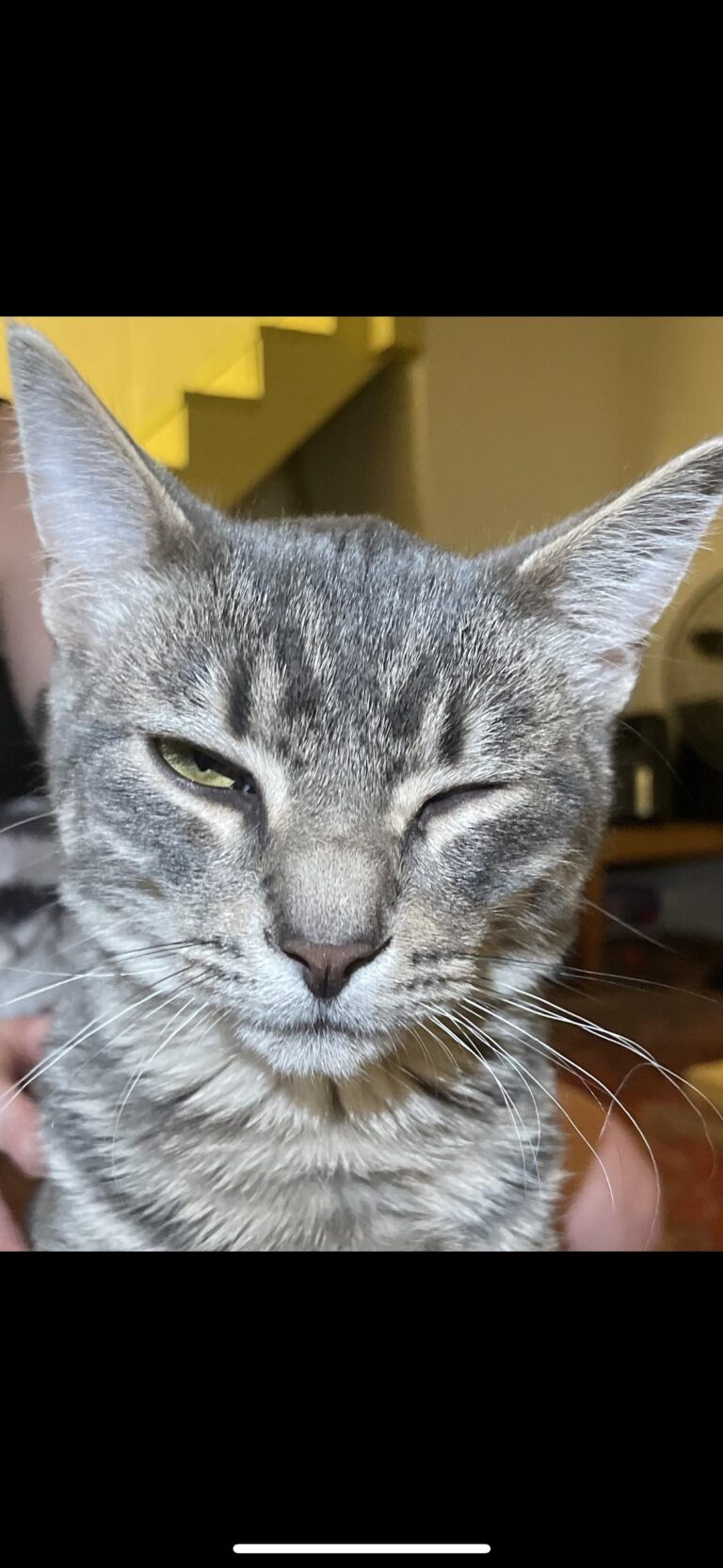Have you ever noticed your furry friend’s third eyelid showing and behaving unusually lethargic? If so, you’re not alone. The mystery behind a dog’s third eyelid making an appearance and causing your beloved Fido to seem sluggish can be perplexing for many pet owners. This vital but often overlooked membrane, known as the nictitating membrane or haw, serves crucial functions in protecting and moistening your dog’s eyes. However, when it becomes visible and impacts your dog’s energy levels, it could indicate underlying health issues that require attention. In this blog, we will delve into why your dog’s third eyelid may be showing and explore how it could be linked to their lethargy.
Exploring a Dog’s Third Eyelid
A dog’s third eyelid, also known as the nictitating membrane, is a thin layer of tissue that moves across the eye to protect and moisten it. When this third eyelid is showing prominently, it can be a sign of underlying health issues affecting your furry friend. This occurrence can also lead to symptoms of lethargy, discomfort, and potential vision problems, necessitating prompt attention and veterinary care.
Causes of Third Eyelid Showing
Several factors can cause a dog’s third eyelid to become more visible. Common reasons include eye infections, eye trauma, foreign objects in the eye, nutritional deficiencies, systemic illnesses, or tear gland issues.
Impact on Canine Wellness
When a dog’s third eyelid is showing excessively, it can indicate an underlying health concern that may be making your pet feel lethargic and unwell. Regularly monitor your dog’s eye health and seek prompt veterinary care if you notice any abnormalities to ensure optimal well-being for your furry companion.

Understanding the Signs of a Showing Third Eyelid
When a dog’s third eyelid is showing, it often indicates an underlying health issue that needs attention. This condition, known as “cherry eye,” can make Fido appear lethargic and uncomfortable.
Common Signs of a Showing Third Eyelid
Dogs with a showing third eyelid may exhibit symptoms such as eye redness and swelling, excessive tearing, and discomfort when blinking. It is essential to monitor these signs closely.
Causes of a Showing Third Eyelid
In most cases, a protruding third eyelid is caused by the weakening of connective tissues that support the gland within the eyelid. This can lead to inflammation and discomfort for your furry friend.
- Dry eye syndrome: a common condition in dogs that can contribute to a showing third eyelid.
- Infection or injury: trauma to the eye area can result in the third eyelid becoming more prominent.
Link Between a Showing Third Eyelid and Lethargy
When a dog’s third eyelid is showing, it often indicates an underlying health issue that could be making Fido lethargic. The third eyelid, known as the nictitating membrane, is usually tucked away in the corner of the eye and only becomes visible when there is a problem.
Possible Causes
There are several reasons why a dog’s third eyelid may appear and cause lethargy. Common causes include:
- Eye Infections: Infections can lead to inflammation of the eye tissues, making the third eyelid more prominent.
- Conjunctivitis: Also known as pink eye, this condition can cause irritation and swelling of the eye, leading to the protrusion of the third eyelid.
- Systemic Illness: Underlying systemic issues such as gastrointestinal problems or respiratory infections can also manifest through changes in the eyes.
Treatment and Management
If your dog is showing signs of a visible third eyelid and lethargy, it is crucial to consult a veterinarian for a proper diagnosis and treatment plan. Depending on the underlying cause, treatment may include:
- Prescription eye drops or ointments
- Oral medications
- Surgical intervention in severe cases
Common Causes of a Dog’s Third Eyelid Showing
Dogs have a third eyelid called the nictitating membrane, which typically remains hidden. However, when a dog’s third eyelid is visibly showing, it could indicate various underlying issues that require attention.
Conjunctivitis
One common cause of a dog’s third eyelid showing is conjunctivitis, which is the inflammation of the conjunctiva. This condition can lead to redness, swelling, and irritation of the eye.
Eye Trauma
In some cases, eye trauma such as scratches or foreign objects lodged in the eye can cause the third eyelid to become visible. Immediate veterinary attention is necessary to prevent further damage or infection.
Immune-Mediated Diseases
Underlying immune-mediated diseases can also result in the protrusion of the third eyelid. Conditions like uveitis or systemic infections may manifest through this symptom, indicating the need for a thorough medical evaluation.
How to Address Lethargy in Dogs
When you notice your dog’s third eyelid showing and your furry friend feeling lethargic, it’s crucial to take action promptly to address any underlying issues causing this behavior. Lethargy in dogs can be a sign of various health issues that require attention. Here are some steps you can take to help your dog bounce back to their energetic self:
Consult a Veterinarian
Schedule a visit to the vet to rule out any serious health concerns causing your dog’s lethargy. A thorough examination by a professional can help identify the root cause and determine the appropriate treatment.
It’s essential to seek medical advice to ensure your dog receives the care they need promptly.
Provide Proper Nutrition
Ensure your dog is receiving a balanced diet that meets their nutritional needs. A healthy diet plays a vital role in maintaining your dog’s overall health and energy levels.
- Include foods rich in essential nutrients such as protein and vitamins.
- Consider consulting a professional for advice on tailored diet plans.
Treatment Options for a Displayed Third Eyelid
When a dog’s third eyelid is showing and causing lethargy, it’s crucial to address the underlying issue promptly. Here are some treatment options:
1. Veterinary Examination
If you notice your dog showing signs of a displayed third eyelid and being lethargic, schedule a veterinary examination immediately. The vet will conduct a thorough check-up to diagnose the root cause.
2. Medication and Eye Drops
Your vet may prescribe medications or eye drops to treat any underlying infections or inflammations contributing to the third eyelid showing. Follow the dosage instructions diligently for optimal results.
3. Surgery
In severe cases where the third eyelid issue persists or is causing discomfort to your dog, surgical intervention may be necessary. Your vet will discuss the procedure and post-operative care requirements with you.
Frequently Asked Questions
- What is a dog’s third eyelid and why does it sometimes show?
- A dog’s third eyelid, also known as the nictitating membrane, is a transparent protective eyelid located in the inner corner of a dog’s eye. It can show for various reasons such as illness, eye irritation, or injury.
- Why does a dog’s third eyelid showing make them lethargic?
- When a dog’s third eyelid is showing, it is often a sign of underlying health issues. This can cause discomfort, eye pain, and overall lethargy in the dog as their body tries to cope with the issue affecting their eye.
- What are some common reasons for a dog’s third eyelid to be visible?
- Common reasons for a dog’s third eyelid to be visible include conjunctivitis, eye infections, corneal ulcers, allergies, foreign objects in the eye, or more serious conditions like cherry eye or prolapsed gland of the third eyelid.
- How can I help my dog if their third eyelid is showing and they are lethargic?
- If you notice your dog’s third eyelid showing and they appear lethargic, it is important to seek veterinary attention promptly. A vet can diagnose the underlying cause and provide appropriate treatment to relieve your dog’s discomfort and lethargy.
Closing Thoughts
Understanding why a dog’s third eyelid may be showing and causing lethargy is crucial for every pet owner. It could be a sign of various health issues ranging from minor irritations to serious conditions that require immediate attention. By being observant of your furry friend’s behavior and any changes in their appearance, you can act promptly to ensure their well-being.
Remember, a visit to the vet is always the best course of action if you notice any concerning symptoms in your dog, including a protruding third eyelid and lethargy. Stay informed, stay vigilant, and prioritize your pet’s health to give them the happy and active life they deserve!



